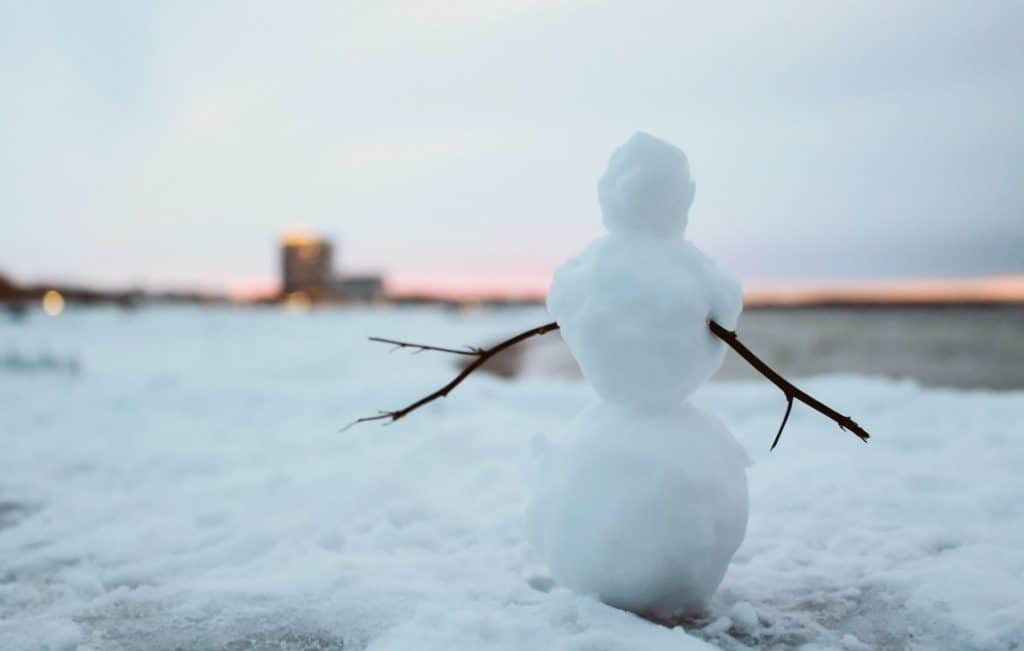If your hometown is blessed with a warm climate, like most of Australia, Southeast Asia, and Central America, you may dream of seeing the snow, but in reality, be completely unprepared for cold weather.
In many cities with a perpetual summer, it’s not even possible to buy winter-ready clothes. Sure, you can buy pretty jackets and knits, but they’re usually designed as a fashion statement than to actually keep you warm.
Experiencing a white Christmas with snow-tipped houses and lakes converted into ice-skating rinks can seam magical in your imagination, but that magic can be ripped away when the only thing on your mind is how darn cold you are!
Luckily, those local to colder climates know a thing or two about dressing for warmth when the coldest winter months descend. With these 3 tips to dress warm for winter, you’re fantasy of gliding along that frozen lake or making snowmen with your friends can finally come true.

1. Layer Up
Sounds easy right? But there are a few tricks to master. You’ll typically need 3 layers, a base, a middle and an outer.
Base layers should be skin tight and made of fabrics that wick sweat away like wool, polyester or silk. Avoid cotton and if in doubt, use thermal underwear as a base layer. Middle layers should consist of sweaters, fleece, or knits to insulate your body while the outer layer should be a good quality jacket that blocks wind and rain.
Layer your bottom half with light woollen socks, leggings, stretchy jeans and lined boots.
Don’t make the mistake of keeping all layers skin tight as looser layers create more space between your skin and the cold air, producing an insulating effect.

2. Choose the Right Jacket
Just because a jacket is big and puffy doesn’t mean it will keep you warm. The 2 main factors you should look for are insulation and weatherproofing.
Most jackets are either insulated with down or synthetic. Synthetic insulation is easier to dry and maintains more warmth when wet, but is bulkier and less durable than down insulation. Down insulation is made from the undercoating of duck and geese feathers and is very lightweight with a long lifespan.
Down insulated jackets typically have fill ratings between 500 and 900 while synthetic insulated jackets are measured in grams of square metres. In both cases, the higher the number the warmer the jacket.
The other main factor to consider is your jacket’s outer shell which you need to check for wind and water resistance. Jackets labelled “water resistant” keep out light precipitation for short periods while jackets labelled “waterproof” have sealed seams to keep precipitation out for longer periods of time.
The best jackets in terms of wind protection have flaps that cover all zips.
3. Don’t Leave Any Skin Uncovered
Newbies to cold weather know to wear gloves and thick socks, but can mistakenly choose items that don’t reach all the way up to your sleeves or trouser cuffs. The cold air cuts through even the tiniest slither of bare skin, so always be mindful of how your gloves and socks will pair with the rest of your outfit.
If in doubt, opt for slightly longer socks and gloves to make sure every inch of your skin is protected.
